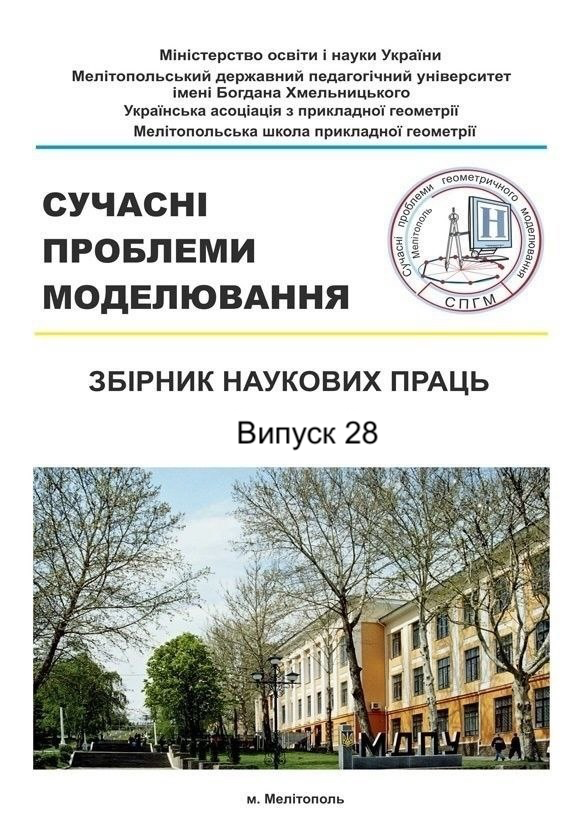NUMERICAL MODELING OF NONLINEAR POWER RECTIFIER CIRCUITS USING THE METHOD OF VARIABLE TRANSFORMATION
Abstract
The article presents a numerical simulation of a specific topology of a power rectifier circuit with a load that includes components exhibiting nonlinear voltage-current characteristics. The analyzed scheme comprises reactive elements (inductors and capacitors), as well as semiconductor devices whose dynamic behavior is determined not only by control parameters but also by their internal electrophysical properties. To simplify the mathematical description of the nonlinear model, the method of variable transformation was applied. This approach enables the reduction of the governing differential equations to a form suitable for numerical integration with a controlled level of accuracy.
The analysis of the simulation results made it possible to identify the characteristic features of electromagnetic processes arising in the circuit under near-resonant and boundary operating conditions. The study determined the conditions under which stationary oscillations occur, accompanied by hysteresis, magnetic saturation, and oscillatory instability. Phase portraits and time-domain graphs were obtained, illustrating transitions from regular operation to self-oscillatory or chaotic modes, depending on the parameters of the circuit. A comparison of the results before and after the variable transformation demonstrated improved accuracy, enhanced numerical stability, and reduced computational effort.
The proposed approach has proven effective for analyzing complex nonlinear processes in power electronic circuits. It can be applied in the design of adaptive electric drive systems, in the modeling of energy conversion devices, and in the educational process for courses related to electrical engineering, electromechanics, and automation.
Keywords: numerical modeling, nonlinear electrical circuits, power rectifier




